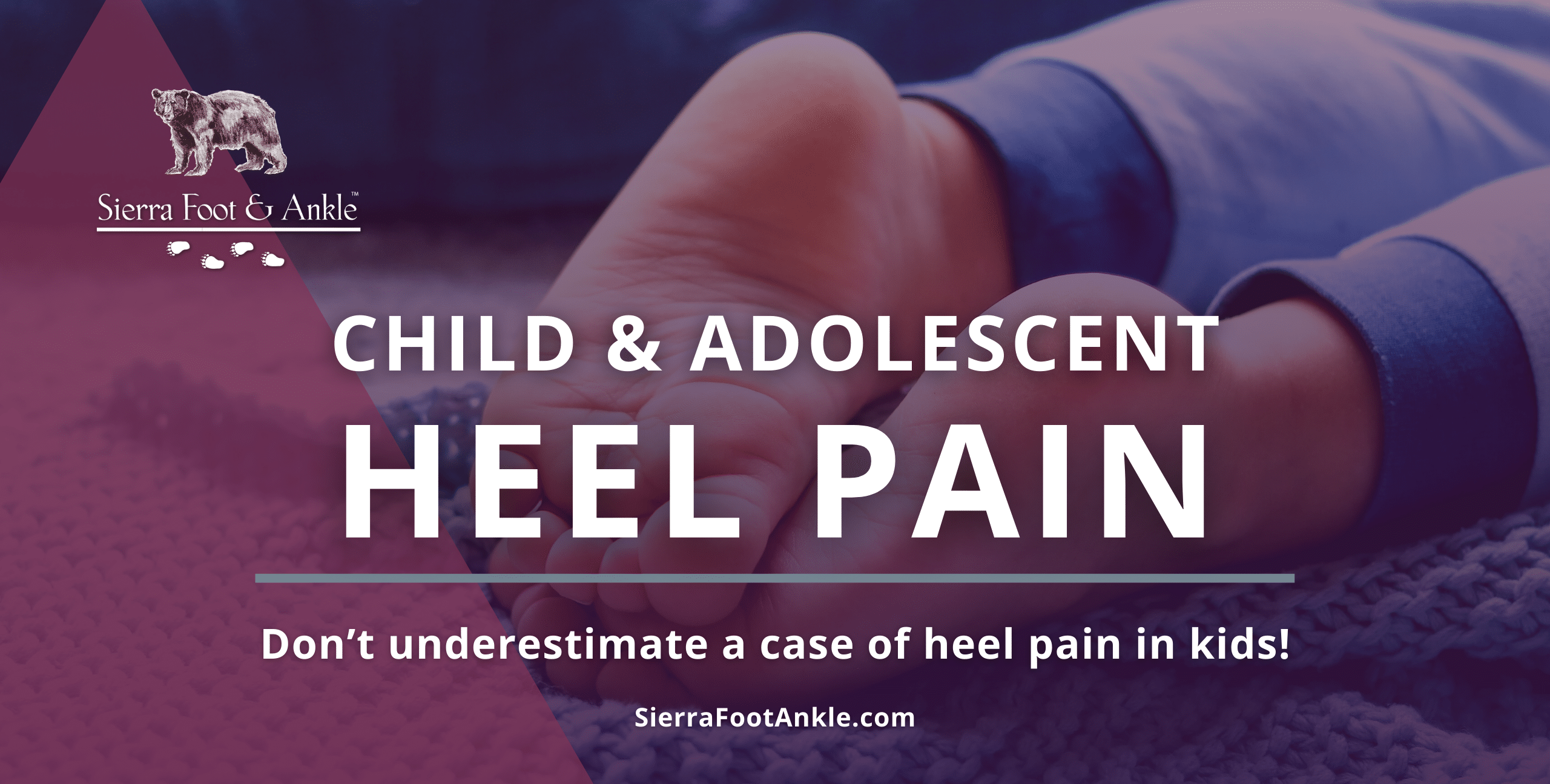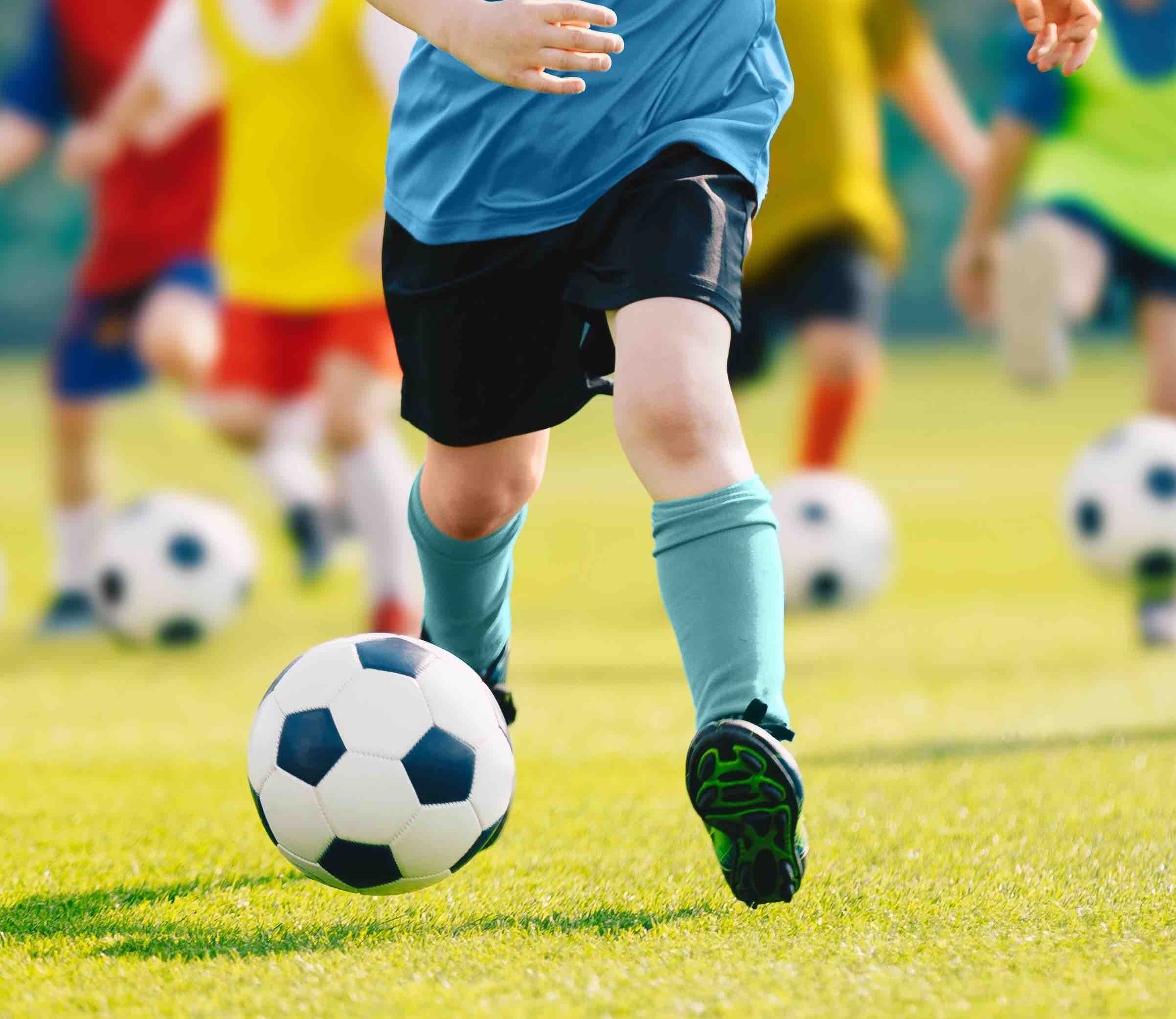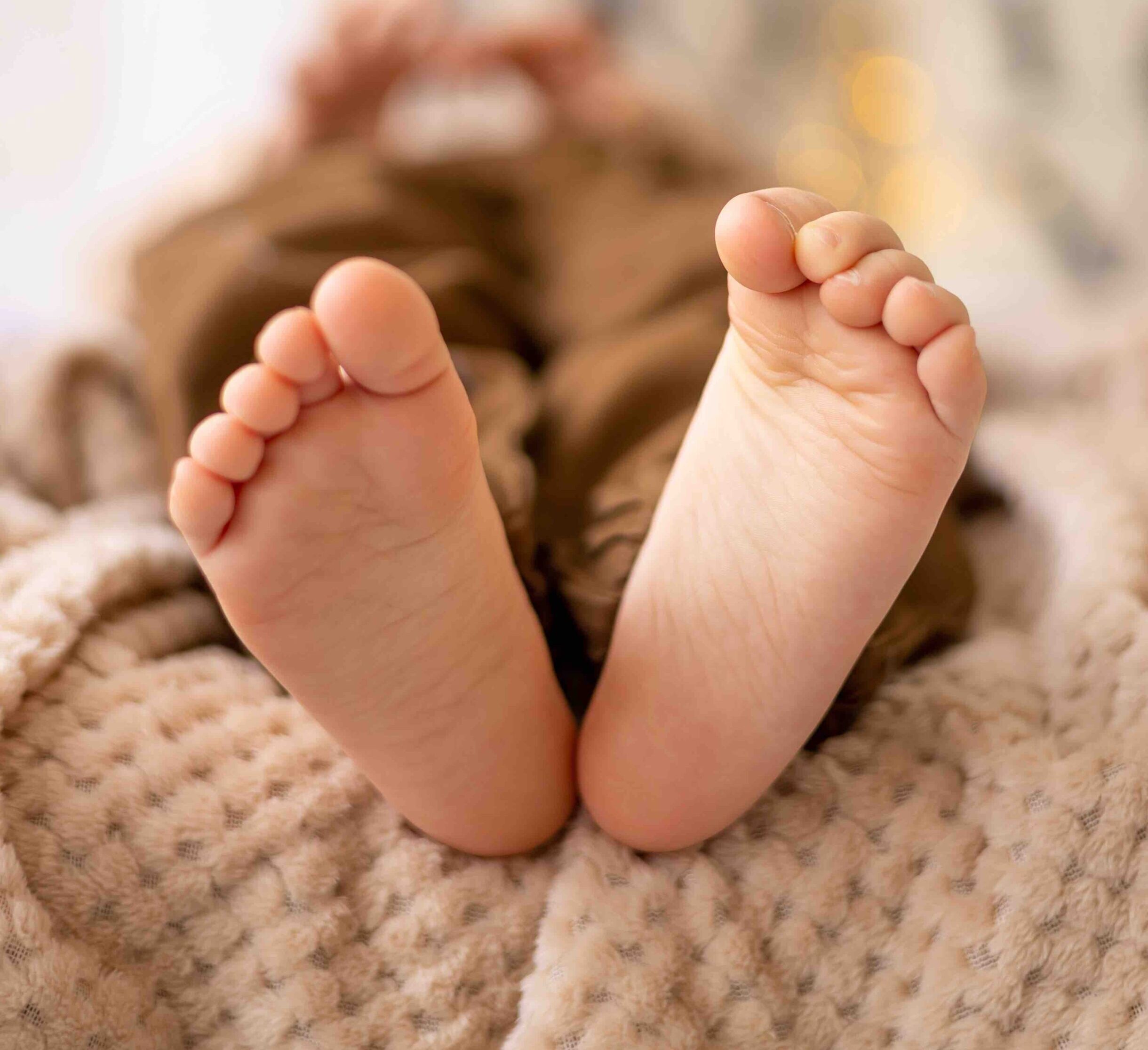Child & Adolescent Heel Pain (Sever’s Disease)
Sever’s disease, also known as calcaneal apophysitis, is a common condition in adolescents under the age of 14. If your child is experiencing heel pain, this may be the culprit. Sever’s disease occurs when the heel becomes inflamed due to stress and impact that results in heel pain.
Do not underestimate heel pain in kids! This is a condition that requires attention from a professional. It is not a good idea for your child to play through sustained pain.
Although the majority of Sever’s disease cases will heal on their own, sustained and prolonged pain is an indication that medical attention is needed. We need to ensure no more serious condition occurs and prevent more severe injury to the growth center of the heel bone.
We understand that no parent wants to see their child in pain or prolonged pain and discomfort. We are here to help you understand more about why your child’s heels hurt and what you can do about it.
Why Do My Child’s Heels Hurt?
Your child is going through a lot during adolescence. It is a time parents and guardians will consider growing pains as a cause for a child’s aches and pains. It is important to know there is a lot more to heel pain than summing it up to a growth spurt. If your child complains about heel pain it could be Sever’s disease.
Although kids can develop more “adult” forms of heel pain such as plantar fasciitis and Achilles tendinitis, they are most likely to be suffering from Sever’s disease.
During childhood and adolescence, the end of the heel bone is capped by a “growth plate,” a section of softer tissue (cartilage) that is rapidly forming new bone. The growth plate is not as durable as mature bone and can be prone to irritation and inflammation if placed under repetitive stress. This could be due to “outside” stresses (such as impacts from running or athletic competition) or “inside” stresses (such as tight tendons or muscles pulling on the heel, or flat feet).
Signs that your child might be suffering from Sever’s disease include:
- Pain in the back of the bottom of the heels.
- Pain that increases if you squeeze the sides of the heels.
- Gait abnormalities such as limping or walking on tiptoes.
- Sudden difficulty with running, jumping, or keeping up with peers during sports or play.
Who is at Risk of Developing Sever’s Disease?
Sever’s disease affects children and youth between the ages of 8-14 years old. During this time your child’s bones are developing rapidly and the heel bone is not developed. The growth plate is vulnerable to injury.
If your child is active in sports that involve running and jumping such as basketball, soccer, gymnastics, and dance are more susceptible to developing Sever’s disease.
If your child has flat feet or low arches or wears improper footwear they put more strain on the heel bone and growth plate and are at greater risk.
Sever’s disease affects both genders and is found in girls and boys. However, boys are more susceptible to developing Sever’s disease. For girls, the condition is most likely to occur between 8 to 10 years of age, while boys are most at risk between 10 to 12 years of age.
If your child complains of persistent heel pain especially during or after physical activity, it is important to seek a professional opinion as it may be Sever’s disease. With a proper diagnosis and care plan most children recover from Sever’s disease and return to their regular activities.
Another thing to check is if your child is wearing improper shoe gear. If your child’s shoes do not fit properly, lack sufficient arch support or heel cushioning, or just are not appropriate for the activities he or she is engaged in, the heels can be subjected to extra forces.

How Long Will My Child Suffer From Heel Pain?
The effects of Sever’s disease will depend on the extent of the condition. In many cases, children will recover in a few weeks—however, your child must rest their feet to recover fully. Minor cases will resolve with only slight restrictions of activity. However, if this is not the case for your child, it is vital to seek professional help.
If your child is not recovering quickly with these recommendations, we strongly advise that you call us to schedule an appointment for you and your child. At Sierra Foot & Ankle, we can help determine the cause of your child’s heel injury and devise a treatment to get them back on their feet as quickly as possible.
Sometimes rest really is all that will be needed. However, based on our evaluation of your child’s condition (and its root causes), we may recommend additional therapies such as:
- Specific stretches and exercises to relieve tension and pain in the supporting tissues.
- Shoe inserts or orthotics to offload pressure on the heels or correct an abnormality.
- Temporary use of icing or medications to control pain and swelling.
- Immobilization (such as a cast or walking boot) is typically only necessary in the most extreme cases.
Let Us Help with Your Child’s Heel Pain
If your child’s heels are hurting and keeping them from enjoying their activities to their full potential, please contact us right away. Our podiatrist and staff will make every effort to see your child at our office in Carson City as soon as possible.
Call us today at (775) 783-8037 or fill out our quick appointment request form to have our staff contact you.
Get In Touch
Address
2350 South Carson St
Suite 3
Carson City, NV 89701
Contact
Call: (775) 783-8037
Fax: (775) 782-3787
OPT-IN To Text:
By texting our office at
(775) 783-8037 from your mobile phone, you are consenting to receive SMS text messages from our staff. Reply STOP to unsubscribe.
*Read our Privacy Policy & Terms and Conditions.
Social




© Sierra Foot & Ankle. All Rights Reserved. Privacy Policy.
Web Design by CP Solutions. Marketed by VMD Services.


